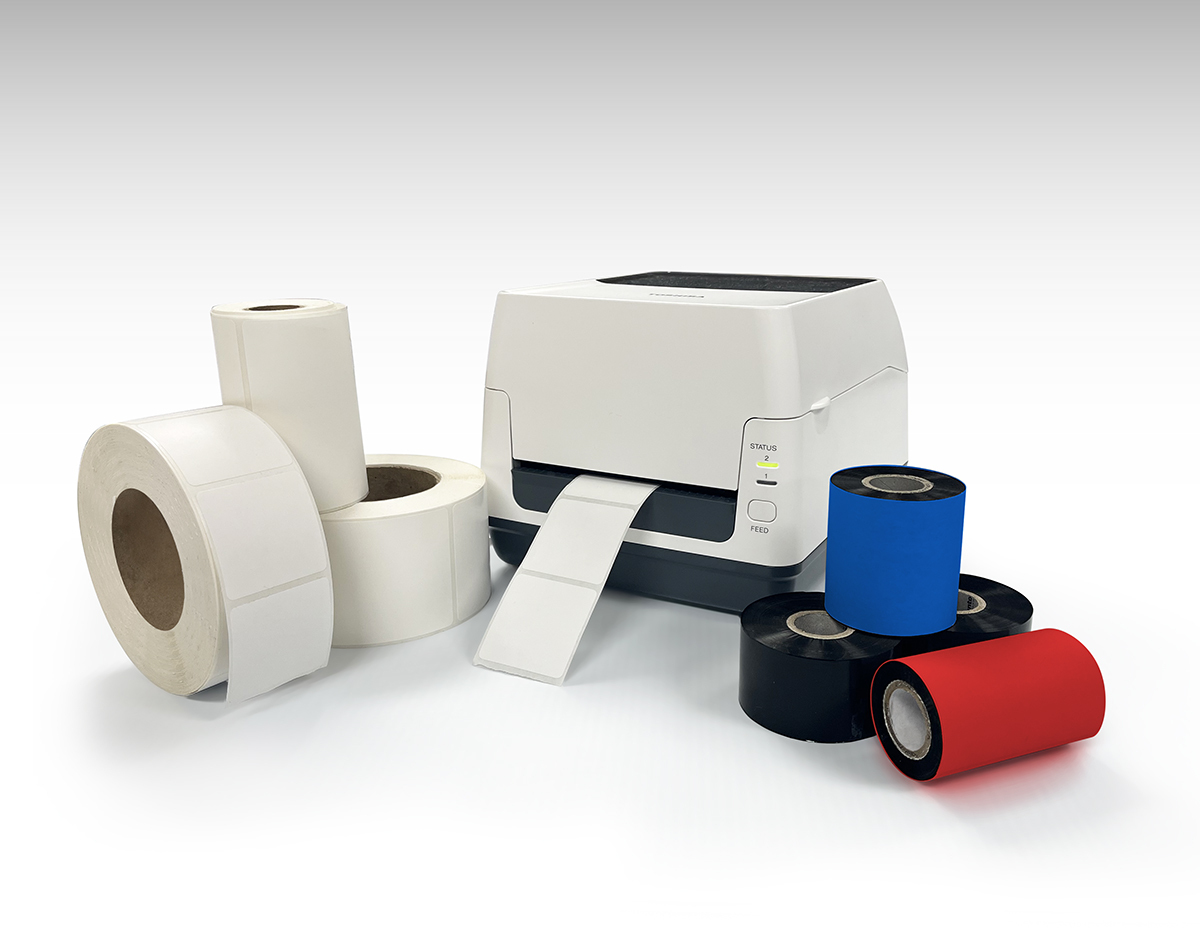Direct Thermal labels VS. Thermal Transfer?
Which product is the correct choice for my Business?
Choosing between direct thermal labels and thermal transfer labels depends on factors like your specific application needs, budget, and durability requirements.
Direct thermal labels are often preferred for applications where the labels have a short lifespan or won't be exposed to harsh conditions. They're cost-effective because they don't require ribbons or ink, as the printing process relies on heat-sensitive paper that darkens when exposed to the printer's thermal print head. This simplicity can result in lower maintenance costs and reduced downtime.
However, direct thermal labels are susceptible to fading when exposed to heat, light, or certain chemicals, which can limit their use in certain environments. They're best suited for indoor applications such as shipping labels, retail receipts, or temporary identification tags.
On the other hand, thermal transfer labels use a thermal ribbon to transfer ink onto the label material. This method produces more durable and long-lasting labels, making them suitable for applications that require resistance to moisture, chemicals, and abrasion. Thermal transfer labels are often used for product labeling, asset tagging, and outdoor signage.
While thermal transfer labels may have higher upfront costs due to the need for ribbons and specialized printers, they can offer better print quality and durability, making them a preferred choice for many industrial and commercial applications.
Ultimately, the choice between direct thermal and thermal transfer labels depends on your specific requirements for print quality, durability, and budget.
